Cricket, originating in 16th-century England, has transformed from a village pastime to a thrilling global sport with over 2.5 billion fans. It uniquely combines physical prowess, strategic depth, and a rich cultural heritage.
This sport has witnessed historic moments, from England’s dramatic 2019 World Cup win to Sachin Tendulkar’s record-breaking 100 international centuries. Delve into 25 fun facts about cricket to explore the intriguing world of this beloved sport.
1. The Origins of Cricket: A Deep Dive into History
Cricket’s journey began in the dense woodlands and clearings of south-east England, likely during Saxon or Norman times. Initially a children’s game, the first adult mention of cricket dates back to 1611. Over time, it evolved from a rural pastime into a more structured sport.
By the mid-17th century, village cricket had developed, and the first English “county teams” emerged in the latter half of the century. The game’s popularity in London and south-eastern counties of England soared in the 18th century, despite limitations in travel and communication.
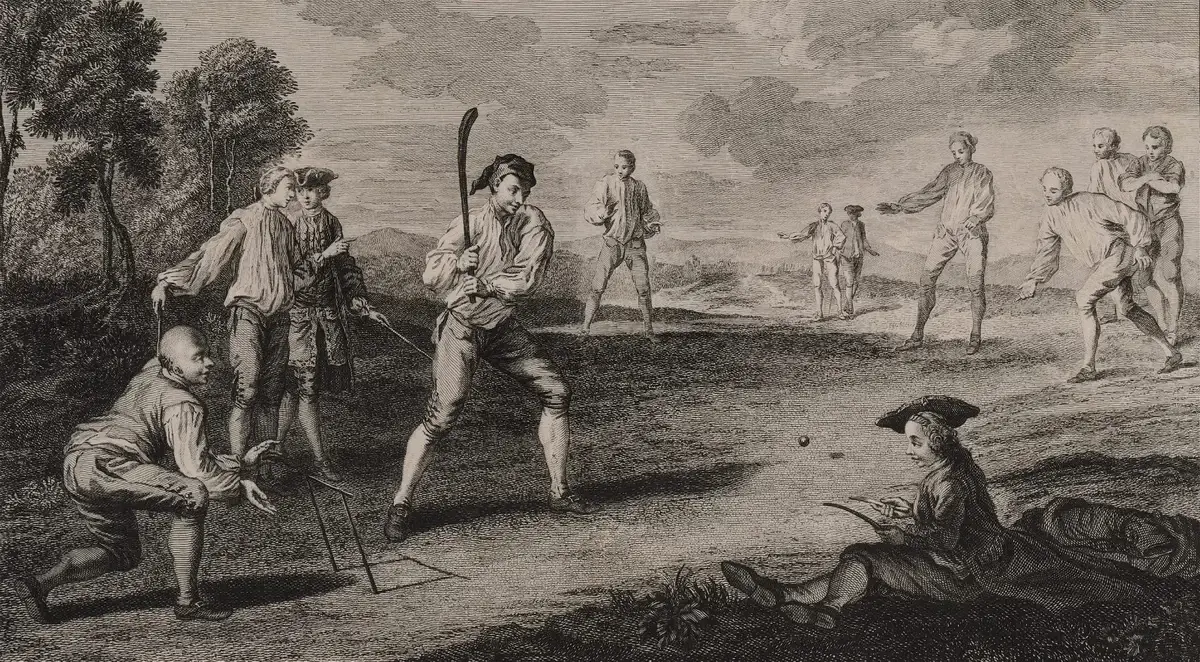
Image: wisden.com
2. The Longest Cricket Match Ever Played
The title of the longest cricket match goes to a timeless Test match played between England and South Africa in Durban in 1939. This epic encounter spanned ten days, yet it still ended in a draw because the English team had to catch their ship home.
Such matches were eventually replaced by time-constrained formats, but this match remains a testament to the enduring patience and resilience central to the spirit of cricket.
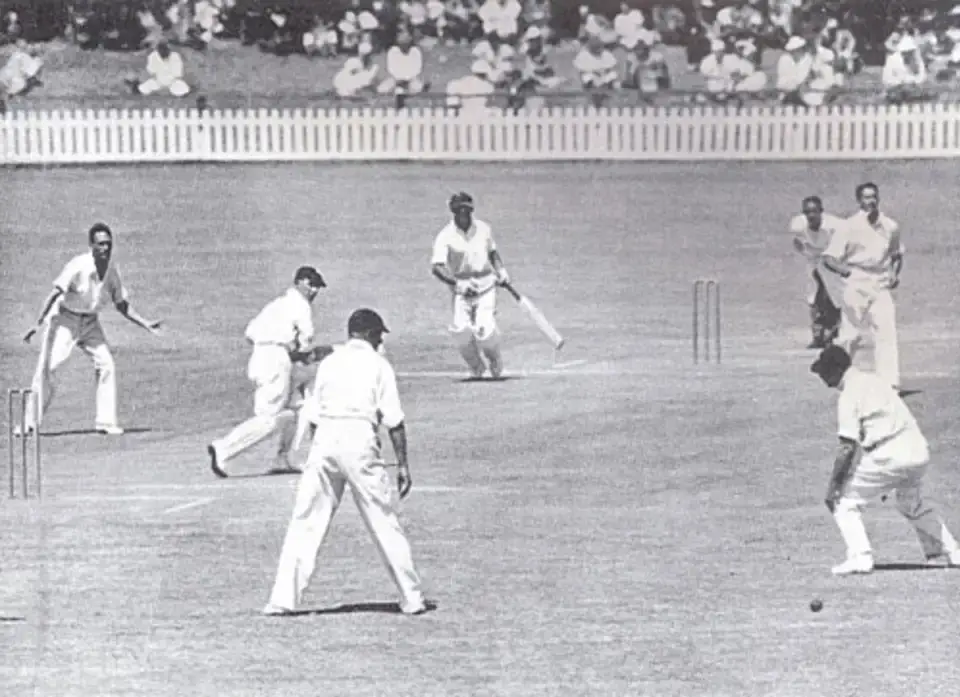
A snapshot from the 1939 England vs South Africa match. Image: espncricinfo.com
3. Cricket Balls: More Than Just Leather and Seam
A cricket ball is a marvel of manufacturing. Traditionally made from cork covered by leather, its construction is an art in itself. The ball’s seam and degree of polishing on either side can significantly affect its movement through the air and off the pitch, making it a bowler’s weapon of choice.
The red balls used in Test cricket and the white balls in limited-overs games differ not just in color but in their behavior and wear-and-tear during the game.

Image: newham.gov.uk
4. The Evolution of Cricket Bats: From Wood to Modern Technology
The cricket bat has seen a remarkable evolution. Originally resembling a hockey stick to hit a rolling ball, it transformed into the straight blade we know today around the 18th century.
With changes in materials, design, and technology, modern cricket bats are a far cry from their rudimentary ancestors. They are now sophisticated pieces of sports equipment, designed to offer the perfect balance, weight, and hitting power to the batsman.
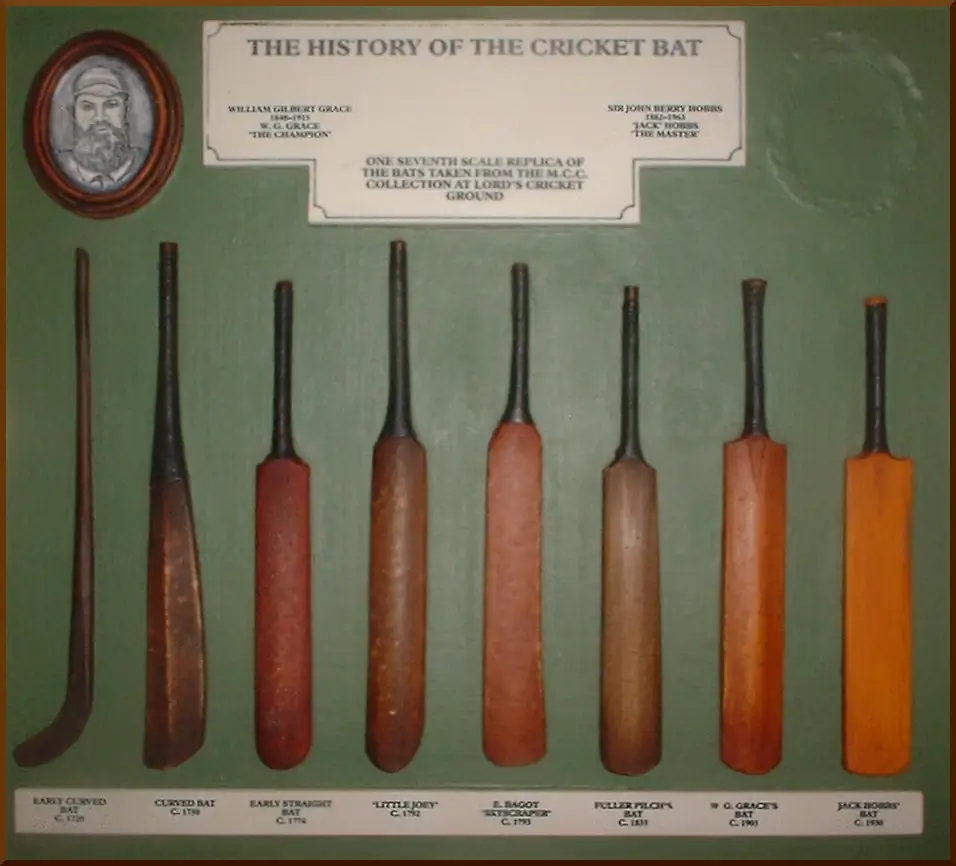
Image: Wikimedia Commons
5. The Unique Role of Weather in Cricket
Weather significantly influences cricket, a sport deeply connected to outdoor conditions. For instance, sunny weather makes pitches dry, aiding batsmen, while bowlers gain an advantage under overcast skies through enhanced swing and seam movements.
Extreme conditions, such as intense heat or humidity, can challenge players physically and mentally, affecting their performance. Notably, Dean Jones’s heroic double century in sweltering heat in Chennai exemplifies the impact of weather on players. Conversely, cold weather can harden the ball, impacting its swing and making fielding challenging.
The unpredictability of weather, ranging from sudden rain to strong winds, adds a unique dimension to cricket, impacting pitch conditions and match strategies.
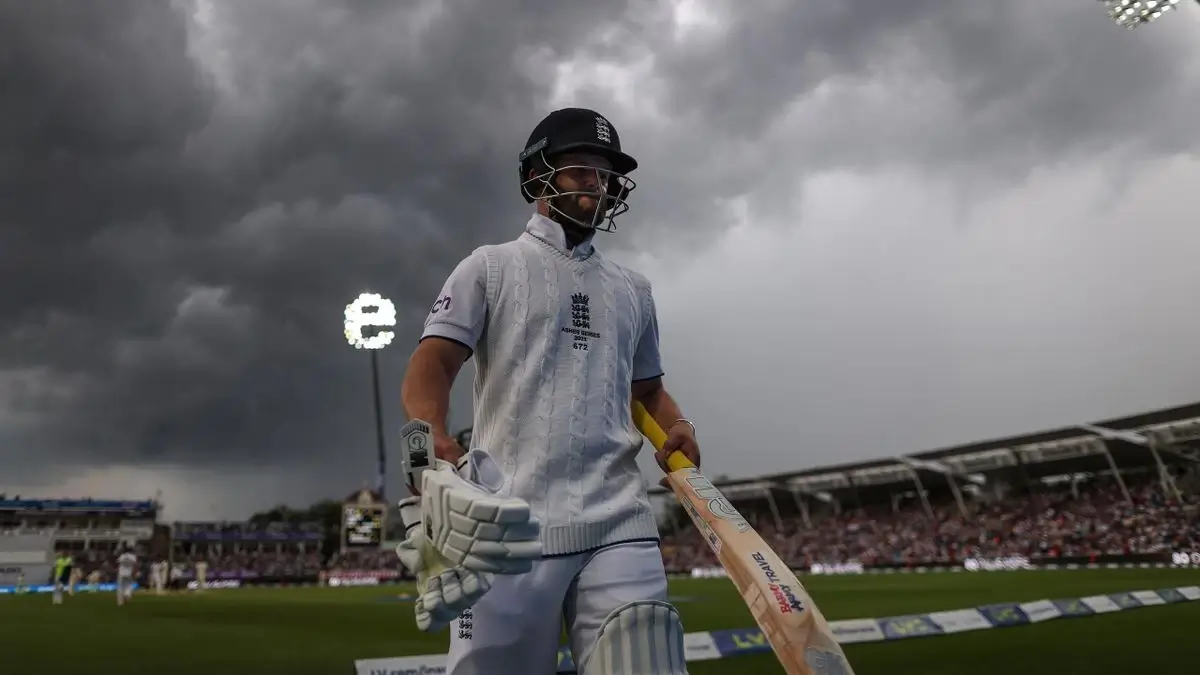
Image: eurosport.com
6. Cricket’s Influence on Literature and Culture
Cricket’s deep roots in literature and culture are evident in its frequent appearances in novels, poetry, and films. Authors like C.L.R. James and J.M. Coetzee have used cricket as a metaphor to explore themes of identity, social class, and national pride.
Poets from Francis Thompson to Shehan Karunatilaka have captured the game’s rhythm and drama through their verses. Films such as “Lagaan” and “Fire in Babylon” highlight cricket’s competitive spirit and its role in social justice narratives. Artists have also depicted cricket in visual arts, capturing its essence and energy.
This cultural representation goes beyond entertainment, reflecting the societal and cultural fabric of communities where cricket thrives, making it a significant part of the human experience.
7. The Record for the Highest Individual Score in Cricket
Brian Lara, the legendary West Indies cricketer, set an unparalleled record in first-class cricket by scoring an unbeatable 501 runs for Warwickshire against Durham in 1994. This historic feat, achieved at Edgbaston Cricket Ground, Birmingham, remains the only quintuple century in first-class cricket.
Lara’s marathon innings was studded with 62 fours and 10 sixes, coming off 427 balls in a nearly eight-hour-long display of cricketing excellence. This record-breaking innings not only etched Lara’s name in cricketing lore but also broke the previous record of 499 runs set by Hanif Mohammad in 1959.
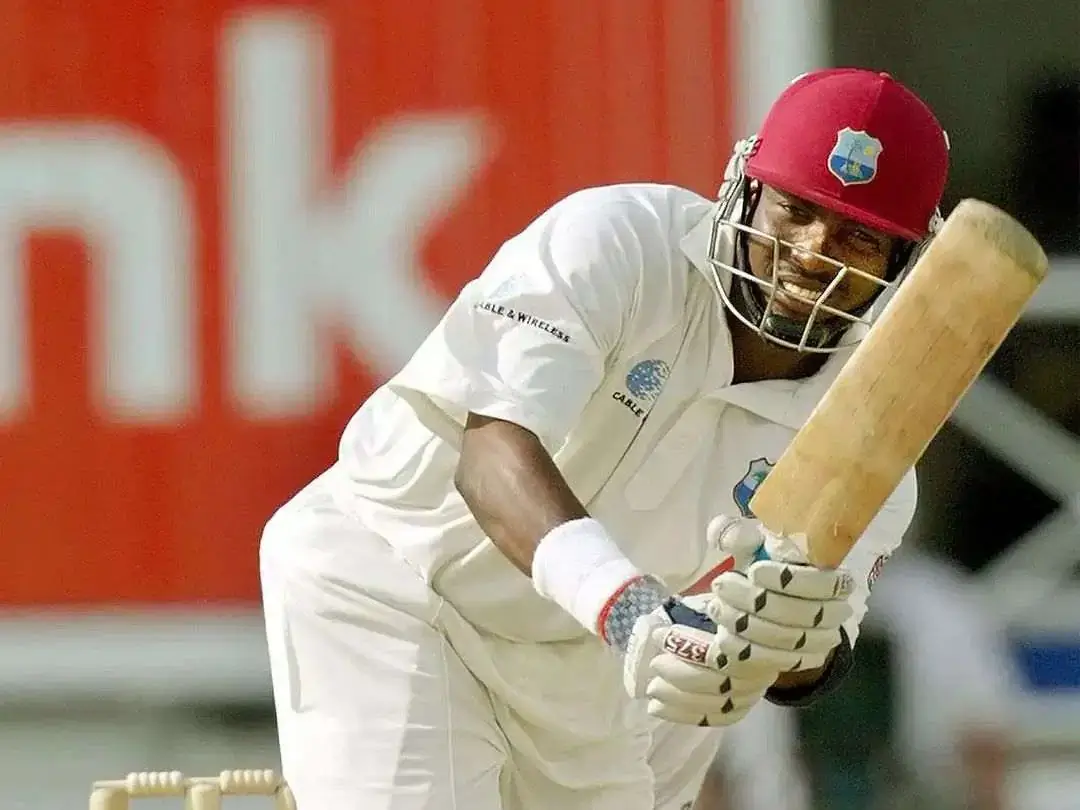
Image: clanforgamers.com
8. The Art of Spin Bowling: Cricket’s Magic Trick
Spin bowling, a cricketing spectacle, involves the bowler delivering the ball slowly but with potential for sharp deviation post-bounce. Categorized into leg spin and off spin, it challenges batsmen with unpredictable turns. Leg spinners, using wrist action, impart right-to-left spin (for right-handers), while off spinners use finger spin for left-to-right movement.
Spin bowling includes various deliveries like the googly, doosra, and carrom ball, each requiring distinct grip and technique. Mastery in spin bowling lies in controlling flight, bounce, drift, and dip, making it a mental duel between bowler and batsman.
This nuanced form of bowling, integral in altering match dynamics, continues to evolve, especially in limited-overs cricket, showcasing spinners’ adaptability and strategic importance.

Image: cricheroes.com
9. Cricket’s Role in Diplomacy and International Relations
Cricket has significantly influenced international diplomacy, notably in the India-Pakistan context. In 1987, during heightened tensions, Pakistan’s President Zia ul-Haq’s attendance at a cricket match in India served as a diplomatic gesture, leading to discussions with Indian Prime Minister Rajiv Gandhi.
Similarly, the 2011 Cricket World Cup semi-final, where leaders of both countries met, helped improve relations post the 2008 Mumbai attacks. These instances highlight cricket’s role as a diplomatic bridge, easing political tensions and fostering a spirit of goodwill and understanding between nations.
10. The Fastest Bowler in Cricket History
Shoaib Akhtar of Pakistan holds the title for the fastest recorded delivery in cricket history. He achieved this feat during the 2003 ICC World Cup in a match against England, where he clocked a speed of 161.3 km/h (100.2 mph).
This incredible achievement earned him the nickname “Rawalpindi Express” and solidified his reputation as one of the most fearsome fast bowlers in the sport’s history.
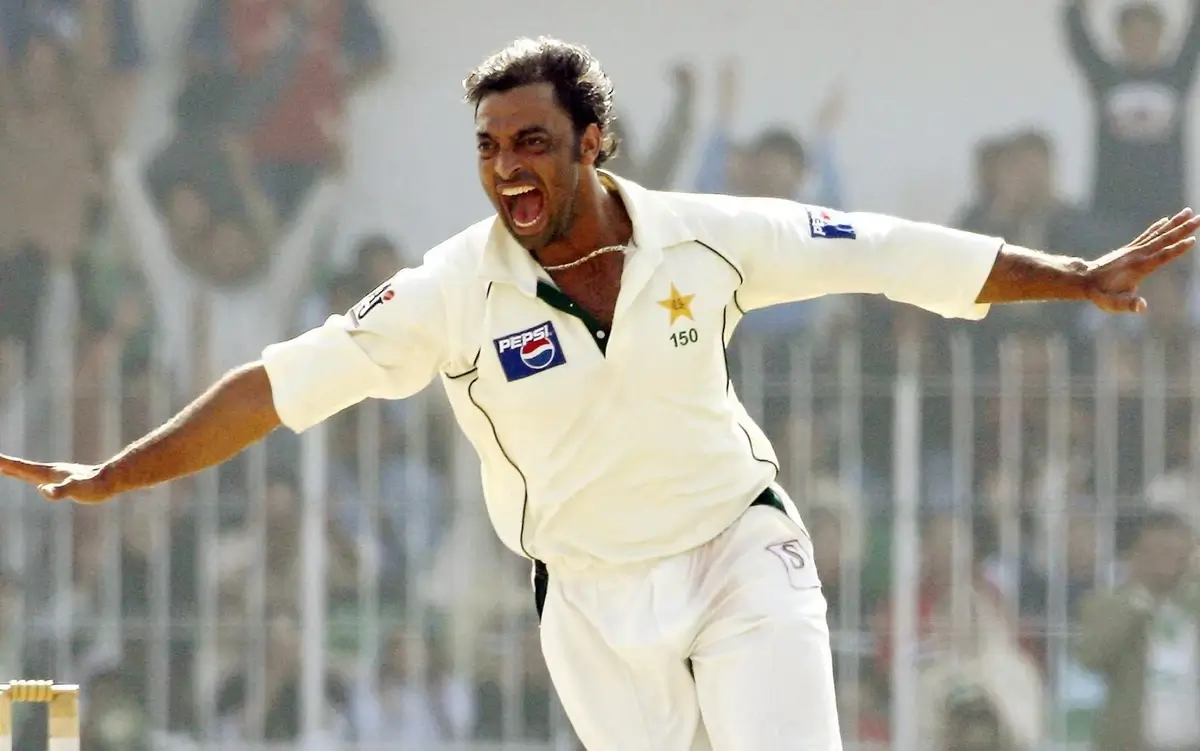
Shoaib Akhtar. Image: telegraph.co.uk
11. Cricket Grounds: The Colosseums of Modern Times
Cricket grounds are often compared to modern colosseums, embodying not just the sport but also its rich heritage. Iconic stadiums like Lord’s in London, the Melbourne Cricket Ground, and Eden Gardens in Kolkata are more than venues; they’re symbols of cricket’s history and culture. These stadiums have witnessed legendary matches, fostering a deep connection with fans worldwide.
Each ground, with its unique ambiance and historical significance, contributes profoundly to the narrative of cricket, making them revered sites in the sport’s landscape.

Melbourne Cricket Ground. Image: austadiums.com
12. Women in Cricket: Breaking Stereotypes
Women’s cricket has progressed from its first recorded match in 1745 at Hambledon in Hampshire, England, to establishing itself on the global stage. The formation of the first women’s cricket club, the White Heather Club, in Yorkshire in 1887 marked a significant step in women’s cricket.
The Women’s Cricket Association, founded in England in 1926, further structured the sport. The inaugural Women’s Cricket World Cup in 1973, won by England, predated the men’s World Cup and was a landmark event.
Mithali Raj, the former captain of the Indian Women’s team, became the highest run-scorer in women’s international cricket in 2017, exemplifying the increasing recognition of women’s achievements in the sport.
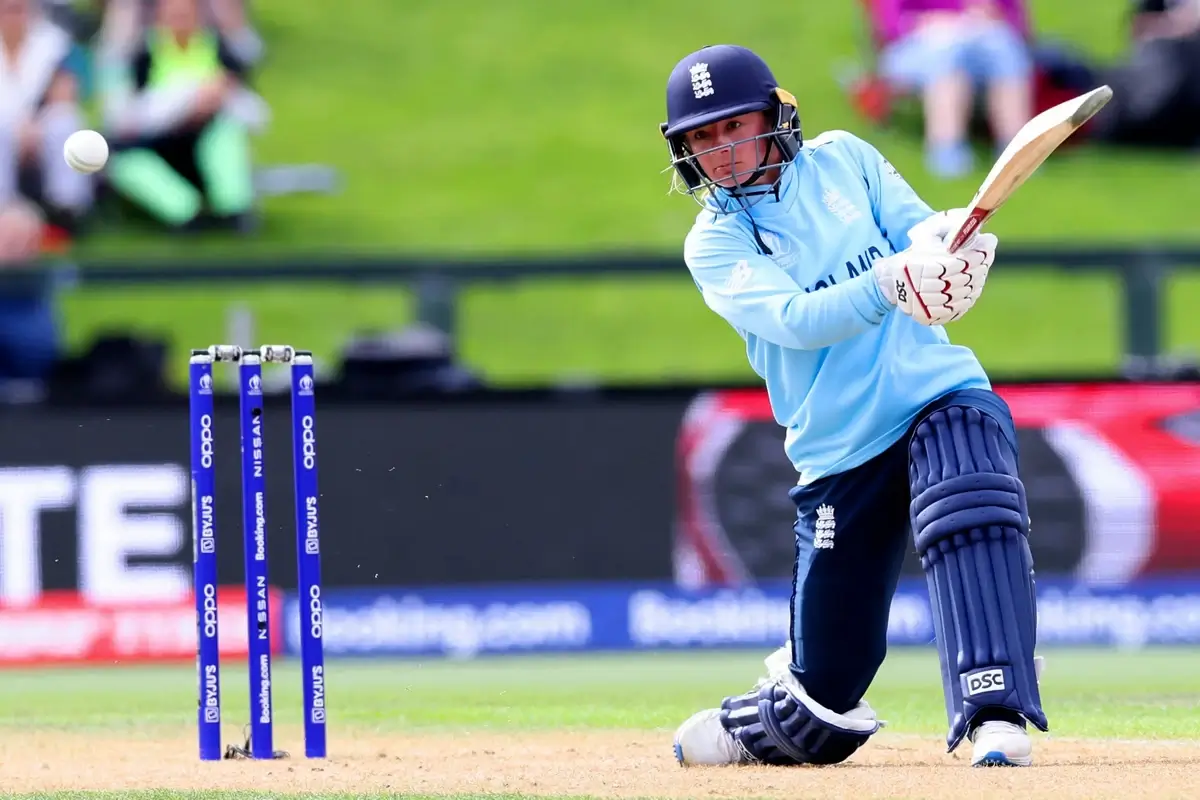
Image: independent.co.uk
13. The Duckworth-Lewis Method: A Mathematical Marvel in Cricket
The Duckworth-Lewis method, introduced in 1997, was devised by two English statisticians, Frank Duckworth and Tony Lewis. This complex formula calculates the target score for the team batting second in a limited-overs cricket match interrupted by weather. It factors in the number of overs and wickets remaining.
The method became standard in 1999, ensuring a fairer conclusion to rain-affected matches. Its most notable application was in the 2003 Cricket World Cup semi-final between Sri Lanka and India, where the adjusted target led to India’s progression to the final.
14. Cricket in the Olympics: A Brief Appearance
Cricket featured in the Olympics only once, at the 1900 Paris Games. This event, more akin to a club match, saw Great Britain defeat France to win the gold medal. Notably, the French team mostly comprised British expatriates living in Paris.
The match lacked the status of later international cricket games, with cricket being excluded from subsequent Olympics. Its singular appearance remains a unique episode in both Olympic and cricket history, reflecting the sport’s evolving global status.
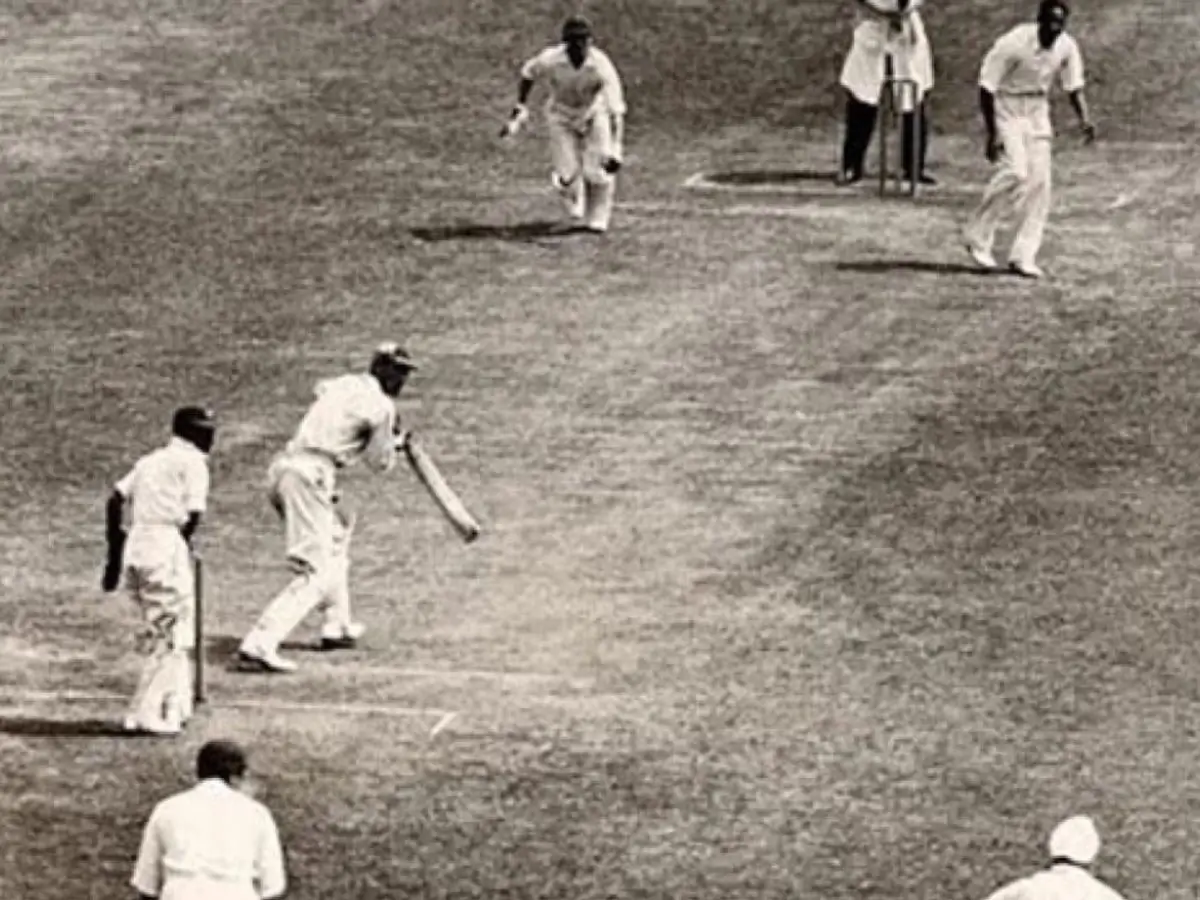
Image: indiatimes.com
15. Unusual Cricket Rules and Traditions
Cricket is known for its unique rules, such as the ‘Mankad’ dismissal, named after Indian cricketer Vinoo Mankad. This rule allows the bowler to run out the non-striker if they leave the crease before the ball is delivered.
Another unusual aspect is the ‘lost ball’ rule, where the batting team is awarded six runs if the ball is lost or not recoverable during play.
Traditions like the tea break in Test matches add to cricket’s distinct character. These unique rules and traditions contribute to cricket’s rich tapestry and continue to intrigue fans worldwide.
16. Cricket Commentary: An Art Form of Its Own
Cricket commentary, more than just a game narration, is an art that brings the sport to life. The first radio broadcast of cricket commentary dates back to 1922 in Australia. Iconic commentators like Richie Benaud and Harsha Bhogle have set high standards with their insightful, engaging storytelling.
Benaud, known for his minimalistic approach, believed in letting the game speak for itself, famously saying, “My mantra is: put your brain into gear and if you can add to what’s on the screen then do it, otherwise shut up.”
Bhogle, renowned for his eloquence, has a unique ability to connect with fans globally, making cricket more accessible and enjoyable.

Richie Benaud in the commentary box. Image: skysports.com
17. The Influence of Technology on Modern Cricket
Technology has transformed cricket, with the introduction of the third umpire in 1992 being a significant milestone. Tools like Hawk-Eye, introduced in the early 2000s, and the Decision Review System (DRS), implemented in 2008, have enhanced decision-making accuracy.
Hawk-Eye uses six cameras to track the ball’s path, crucial for LBW decisions. The DRS combines Hawk-Eye, Hotspot, and Snickometer, allowing players to challenge on-field decisions. These technologies have made the game fairer and more transparent, though they also bring debates about the spirit of the game and reliance on technology.
18. The Economics of Cricket: A Global Business Perspective
Cricket’s economic landscape is vast, with the Indian Premier League (IPL) being a prime example. Launched in 2008, the IPL has a brand value of over $6 billion as of 2019. Broadcast rights form a major revenue source; for instance, Star India acquired IPL’s broadcast rights for $2.55 billion in 2017 for five years.
The 2019 Cricket World Cup saw a global audience of 2.6 billion, indicating cricket’s massive commercial appeal. Player endorsements and merchandise also contribute significantly to cricket’s economy, with top players like Virat Kohli earning millions from endorsements.
19. Iconic Cricket Rivalries: More Than Just a Game
Cricket rivalries, steeped in history, go beyond the sport. The Ashes, first played in 1882, is one of the oldest, stemming from a mock obituary declaring English cricket dead.
The India-Pakistan rivalry, intense and emotionally charged, reflects the nations’ historical and political tensions. Their first test match was in 1952, and since then, each encounter garners global attention.
These rivalries transcend the sport, symbolizing national pride and historical narratives, and are some of the most-watched sports events worldwide.
20. Cricket World Cup: A Global Festival
The Cricket World Cup, first held in 1975 in England, is a celebration of international cricket. The inaugural event was won by the West Indies, marking the beginning of their dominance in cricket.
The 2019 World Cup final, viewed by over 2.6 billion people globally, showcased the game’s universal appeal. The tournament has seen legendary performances, like Kapil Dev’s 175* in 1983 and Glenn McGrath’s record 71 World Cup wickets.
It unites nations and fans, transcending cultural and geographical boundaries, and is a pinnacle event in the cricket calendar.

Image: cricket.com.au
21. The Psychology Behind Cricket: Mental and Physical Game
Cricket is as much a mental game as it is physical. The psychological aspect plays a pivotal role, especially in formats like Test cricket which demand high concentration over extended periods.
Batsmen and bowlers face the challenge of decision-making under pressure, requiring quick thinking and strategic planning. For instance, a batsman deciding whether to leave, defend, or attack a ball, or a bowler choosing the perfect delivery.
Coping strategies like deep breathing, visualization, and positive self-talk are crucial for maintaining focus and composure. Moreover, resilience is essential to bounce back from setbacks, a common scenario in cricket’s unpredictable nature.
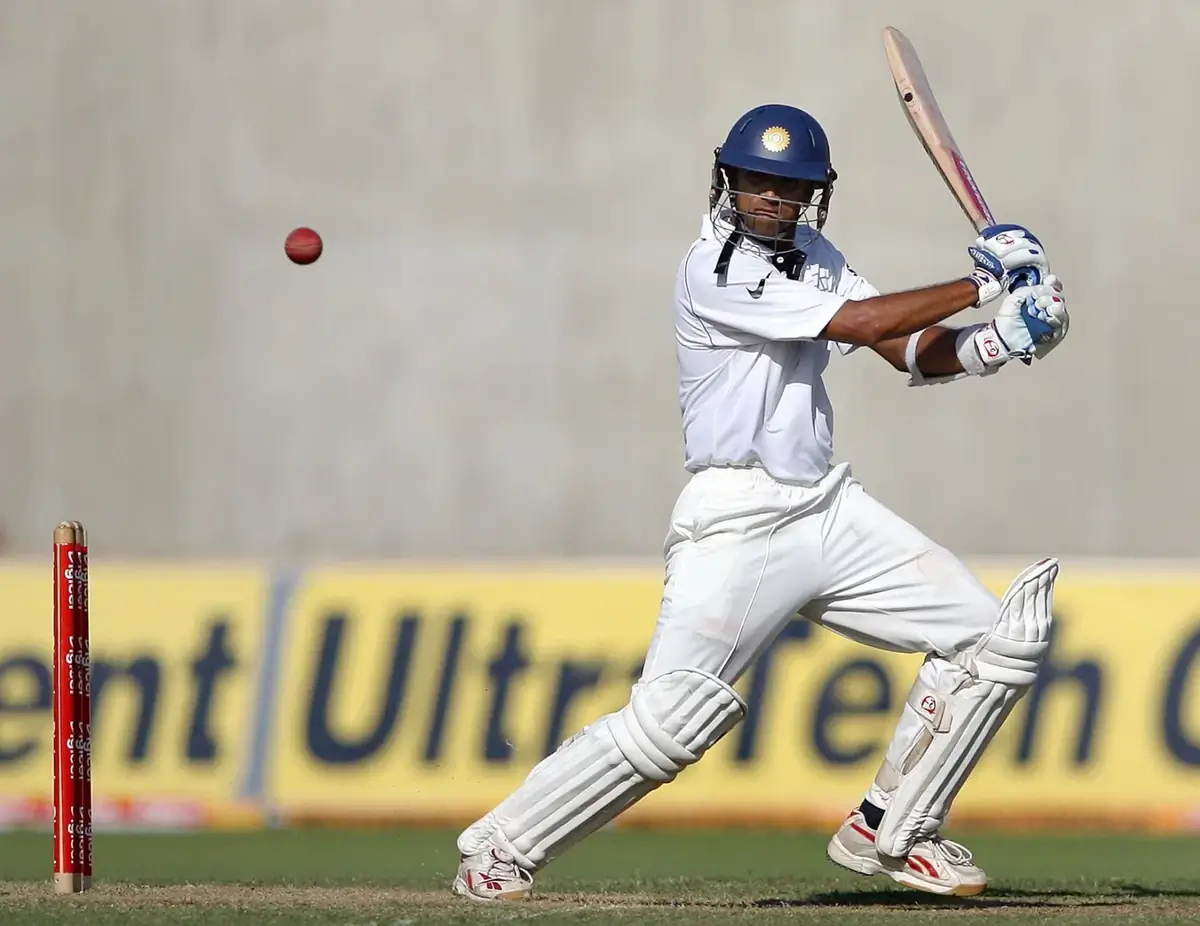
Image: kreedon.com
22. Famous Cricket Superstitions and Rituals
Superstitions and rituals are common in cricket, reflecting the psychological side of the game. Players often adhere to certain routines or beliefs that they feel bring them luck or enhance their performance. For example, Sachin Tendulkar always wore his left pad first, and Steve Waugh carried a red handkerchief given by his grandfather.
These practices, varying widely among players, highlight the role of mental beliefs and comfort in their performance.
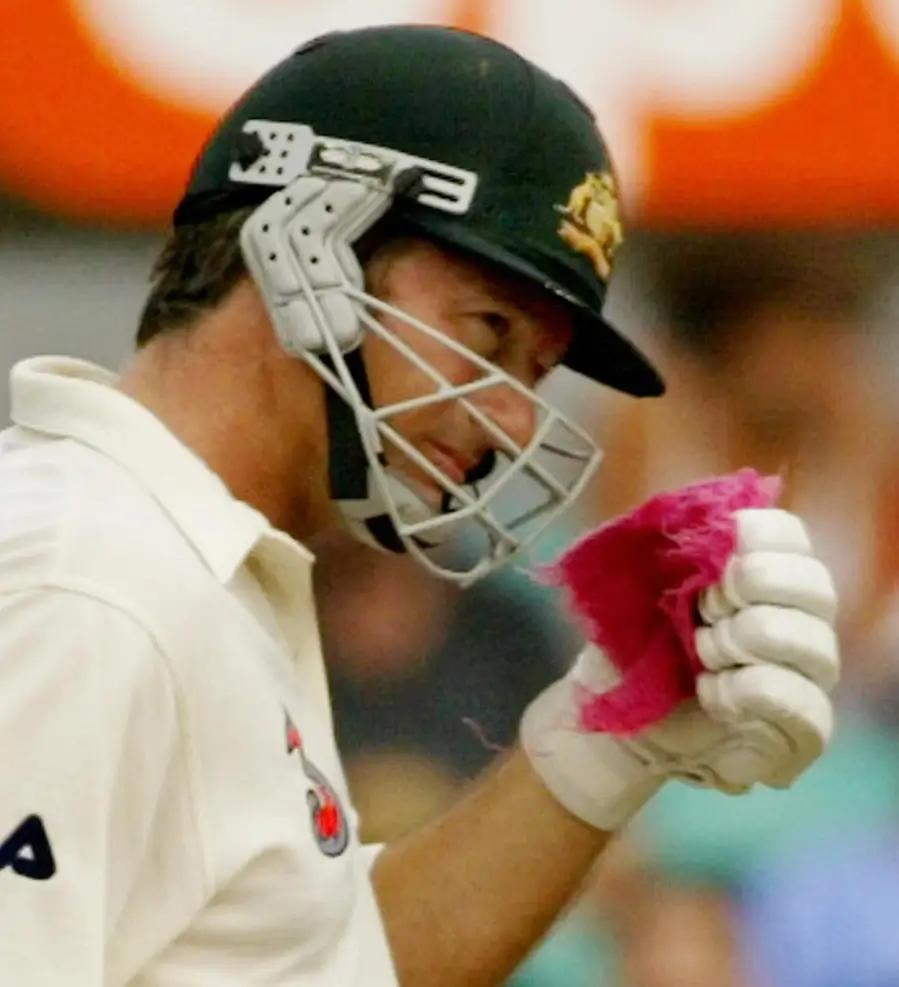
Steve Waugh carried a red handkerchief. Image: imgci.com
23. Groundbreaking Innovations in Cricket Gear
Cricket gear has evolved significantly over the years, with innovations enhancing both performance and safety. The introduction of lightweight helmets with advanced protective features, bats crafted from high-quality willow, and shoes designed for better traction and comfort are some examples.
These advancements have improved players’ efficiency on the field and have contributed to a higher level of competition in the sport.
24. Cricket’s Contribution to Charitable Causes
Cricket stars like Yuvraj Singh and Sachin Tendulkar extend their influence beyond the pitch through charitable work. Yuvraj’s YouWeCan foundation focuses on cancer awareness, while Tendulkar supports underprivileged youth and cancer treatments. The Pathan brothers’ foundation aids in education and healthcare for the needy.
These initiatives, ranging from supporting children with cancer to providing educational resources, showcase cricket’s role in driving social change and community support.
25. Cricket in Cinema: How the Sport Influences Film
Cricket has inspired numerous films, capturing its spirit and drama. “Lagaan” (2001), set in colonial India, centers around a cricket match symbolizing resistance and hope. “Fire in Babylon” (2010) documents the dominance of West Indies cricket, representing the sport’s cultural and political significance. “Iqbal” (2005) narrates a deaf and mute boy’s journey to Indian cricket team, highlighting perseverance and passion.
These films, along with others like ’83 (2020), which celebrates India’s 1983 World Cup victory, showcase cricket’s profound impact on cinema.
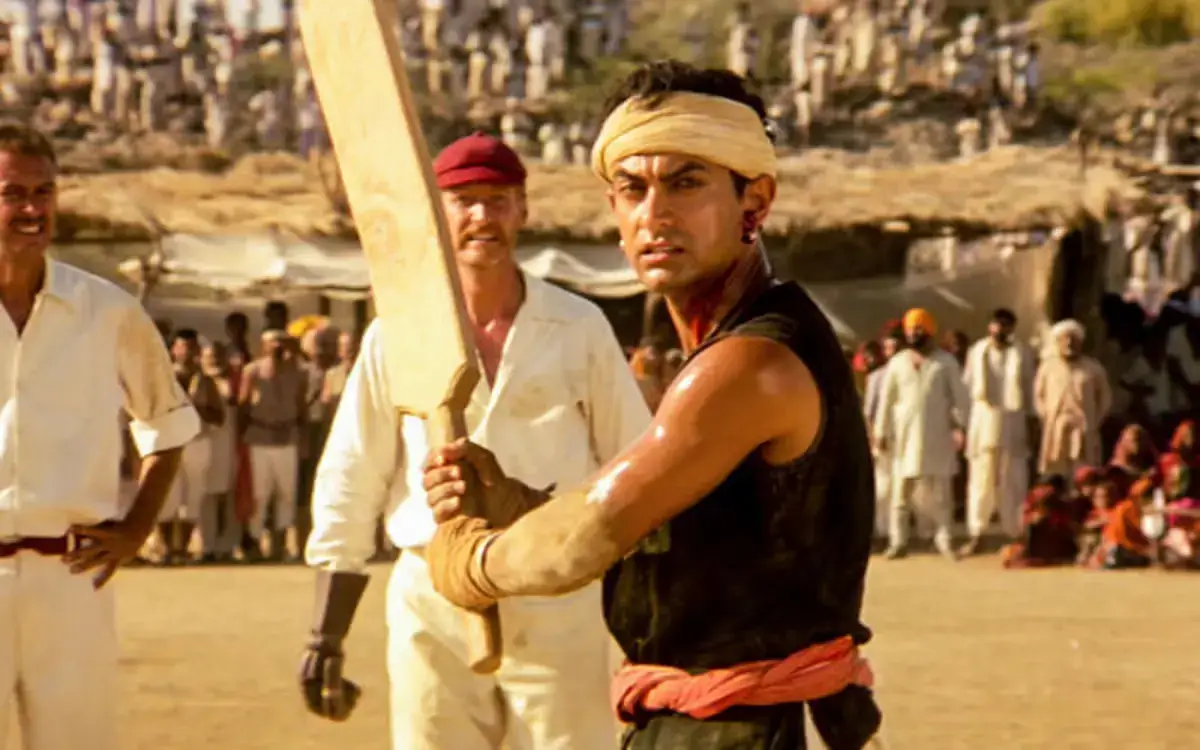
A scene from “Lagaan” movie. Image: filmcompanion.in
FAQ
Is cricket a unique sport?
Cricket stands out due to its complex rules, varied formats like Test, ODI, and T20, and the strategic depth it offers. Its unique aspects include the cricket pitch, the roles of batsmen and bowlers, and the significance of conditions like weather and pitch surface.
Where is cricket most popular?
Cricket is hugely popular in the Indian subcontinent, England, Australia, and the West Indies. Countries like South Africa, New Zealand, Pakistan, Sri Lanka, Bangladesh, and Zimbabwe also have significant cricket fanbases.
Why is cricket a fun game?
Cricket is fun due to its blend of physical skill, strategy, and team spirit. It offers thrilling moments like boundary hits and wicket-taking deliveries. The unpredictability of matches and the camaraderie among players and fans add to its enjoyment.
How many players in cricket?
A standard cricket team consists of 11 players. Each team has batsmen, bowlers, and fielders, with specific roles contributing to the team’s overall performance in a match.
How do you score a point in cricket?
In cricket, runs are scored when a batsman hits the ball and runs to the opposite end of the pitch, exchanging places with the non-striker. Runs can also be scored through boundaries: 4 runs if the ball hits the ground before crossing the boundary, and 6 runs if it crosses the boundary without touching the ground.













